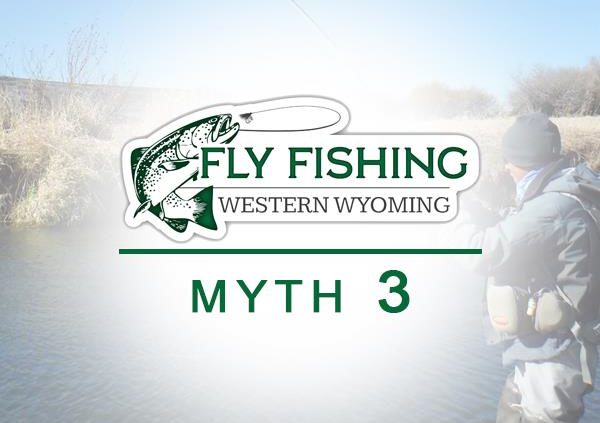Floating Fly Lines
All floating fly lines are pretty much the same.
FACTS:
- Actually, there are good reasons for the various configurations of floating lines – other than marketing advantages of having multiple types.
- A fly line is divided into 4 sections:
Front Taper: The portion of the line that you connect to the leader. Its purpose is to dissipate energy in an optimal manner. They range in length from 3’ on lines meant to cast very heavy or wind resistant flies, to 18’ on lines meant to cast tiny dry flies. For most trout fishing, I would pick a front taper of between 6’ and 9’. This would be a good choice for most trout situations where you are casting dry flies, moderate nymph rigs, or smaller streamers. The heavier the stuff you chuck, the shorter the front taper. The more little stuff, the longer taper would be better.
Belly: The belly of the fly line is the fat part that follows the front taper. This portion of the line helps bend or load the rod on casts of about 25’ to 60’. This depends on the configuration of the rear taper – to be discussed next. For most trout fishing, a shorter belly of say 20’ to 25’ is adequate. If you are going to be making long casts of 60’ or more, a longer belly may be required.
Rear Taper: This portion of the line helps smooth out the cast as the belly leaves the rod guides. A longer, more gradual taper ( 20’ – 25’) is best if you are shooting lots of lines. For normal trout fishing, a rear taper of about 20 feet is usually adequate.
Running Line: This is the skinny and level line that follows the rear taper. It runs to the end of the fly line, which is usually 95’ to 100’ in total length.
Head: This is the combination of the front taper, belly, and rear taper. A good trout line for all around fishing would be in somewhere around and 8’ front taper, 20’ belly, and a 20’ rear taper giving you a total head length of around 45’ to 50’.These are only rough guidelines. Your specific fishing conditions, style, and rod can alter these parameters significantly.




Leave a Reply
Want to join the discussion?Feel free to contribute!